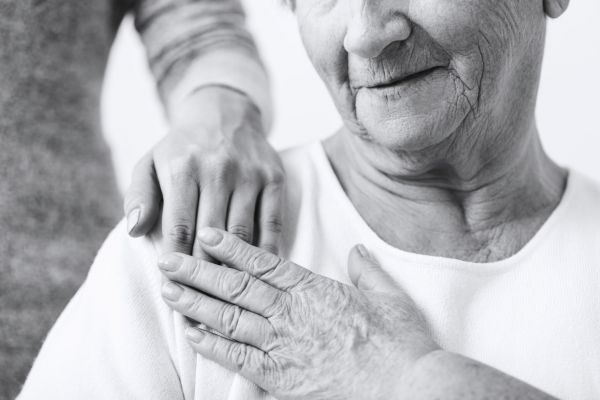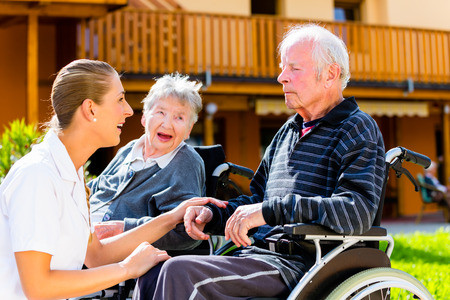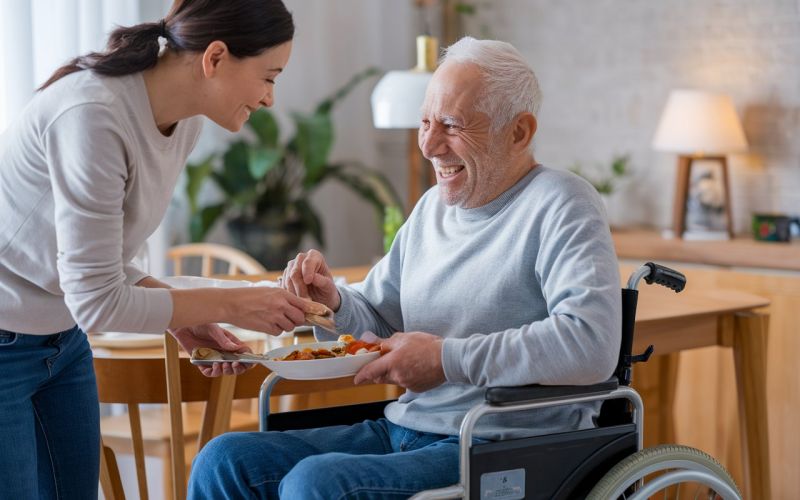8 Best Tips to Communicate Effectively with Dementia Patients
iSavta | 12.10.2020
Every single day can be challenging when taking care of a patient with Dementia. The most important thing that you always do is communicate with your patients and can pose a constant problem. You may be wondering what are the best ways to be able to communicate effectively with your patients with Dementia.

But first, remember that communication is a two-way process. It is not just about talking but also listening and in between, there are so many kinds of noise or hindrances to your communication process. Down below, we have suggested the best tips on how to effectively communicate with your Dementia patients.
1. Start with care.
Care is constant in dealing with our patients. Everything you say and do always remember this because this is the heart of our profession. Speaking with care, everything will follow suit.
2. Patience is a must.
Dementia patients are constantly forgetful and processing thoughts may be slowed. Put yourself in their shoes so you also know how to talk to them. Be patient and try to talk slower and clearer for their sake.
3. Do not argue.
Nope, never argue with Dementia patients. They have a new reality now and you just have to be a part of that reality. Anyway, you can never win an argument with them.
4. Non-verbals are very important.
Did you know that effective communication is 7% verbal and 93% non-verbal communication? Yes! And the non-verbal communication consists of 55% body gestures and 38% tone of voice. Simply put, you have to be mindful of your tone of voice, facial expressions, and body movements when talking to your patient.
5. Say names and not pronouns.
Be specific with who you are talking to or talking about and mention the names of the people you are pertaining to. They might forget people so be attentive and you can repeat the names to help them remember. Also remind other people that if the patient cannot remember them, it is not them but the Dementia.
6. Avoid noise.
Noise in the communication process is not only about actual noise but also it means other kinds of hindrances to communicate with the other person. Make sure that there are no disturbances like loud noise, annoying sounds, or any other frustrating scenarios that may arise while you are talking.
Bring your patient to a quiet and relaxed corner so you can deliver your message well or can converse free from any distractions.
7. Stick to the basics.
Keep it simple when you are trying to explain yourself to your Dementia patients. Simplify everything and make it direct to the point to avoid further confusion.
8. Speak face to face.
Speak to them from the front and at the eye level so that you are directly talking to them. This will help you be equal with them and not talking down on them or aggressively attacking them with words. They are already confused and more so frustrated so it would be best if you can level with them while speaking with them.
Communication is not about words but what is your message and how it is being delivered to the receiver who is your patient. Words are included in the verbal kind but more importantly, the tone of how you deliver completes the message.
One word can be interpreted in many ways according to how it is delivered. So be cautious in how you say things and how your non-verbals like touch, gestures, and facial expressions are while talking.
Communication is important and impactful to your Dementia patient so always start with care and patience.











